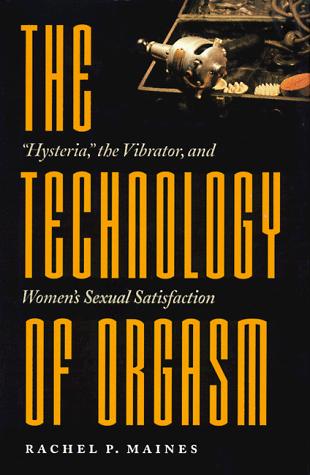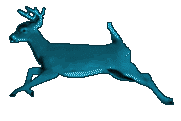Georges Didi-Huberman: Invention of Hysteria: Charcot and the Photographic Iconography of the Salpetriere (1982/2003)
Filed under book | Tags: · cultural studies, france, hypnosis, hysteria, jouissance, photography, psychology

In this classic of French cultural studies, Georges Didi-Huberman traces the intimate and reciprocal relationship between the disciplines of psychiatry and photography in the late nineteenth century. Focusing on the immense photographic output of the Salpetriere hospital, the notorious Parisian asylum for insane and incurable women, Didi-Huberman shows the crucial role played by photography in the invention of the category of hysteria. Under the direction of the medical teacher and clinician Jean-Martin Charcot, the inmates of Salpetriere identified as hysterics were methodically photographed, providing skeptical colleagues with visual proof of hysteria’s specific form. These images, many of which appear in this book, provided the materials for the multivolume album Iconographie photographique de la Salpetriere.
As Didi-Huberman shows, these photographs were far from simply objective documentation. The subjects were required to portray their hysterical “type”—they performed their own hysteria. Bribed by the special status they enjoyed in the purgatory of experimentation and threatened with transfer back to the inferno of the incurables, the women patiently posed for the photographs and submitted to presentations of hysterical attacks before the crowds that gathered for Charcot’s “Tuesday Lectures.”
Charcot did not stop at voyeuristic observation. Through techniques such as hypnosis, electroshock therapy, and genital manipulation, he instigated the hysterical symptoms in his patients, eventually giving rise to hatred and resistance on their part. Didi-Huberman follows this path from complicity to antipathy in one of Charcot’s favorite “cases,” that of Augustine, whose image crops up again and again in the Iconographie. Augustine’s virtuosic performance of hysteria ultimately became one of self-sacrifice, seen in pictures of ecstasy, crucifixion, and silent cries.
Originally published by Editions Macula, Paris, 1982
Translated by Alisa Hartz
Publisher MIT Press, 2003
ISBN 0262042150, 9780262042154
373 pages
PDF (updated on 2012-9-24)
Comments (2)Rachel P. Maines: The Technology of Orgasm: “Hysteria”, the Vibrator, and Women’s Sexual Satisfaction (2001)
Filed under book | Tags: · advertising, history of technology, hysteria, sex, technology, vibrator, women

From the time of Hippocrates until the 1920s, massaging female patients to orgasm was a staple of medical practice among Western physicians in the treatment of “hysteria,” an ailment once considered both common and chronic in women. Doctors loathed this time-consuming procedure and for centuries relied on midwives. Later, they substituted the efficiency of mechanical devices, including the electric vibrator, invented in the 1880s. In The Technology of Orgasm, Rachel Maines offers readers a stimulating, surprising, and often humorous account of hysteria and its treatment throughout the ages, focusing on the development, use, and fall into disrepute of the vibrator as a legitimate medical device.
Publisher JHU Press, 2001
Johns Hopkins studies in the history of technology
ISBN 0801866464, 9780801866463
208 pages
PDF (no OCR; updated on 2012-10-23)
Comment (0)
